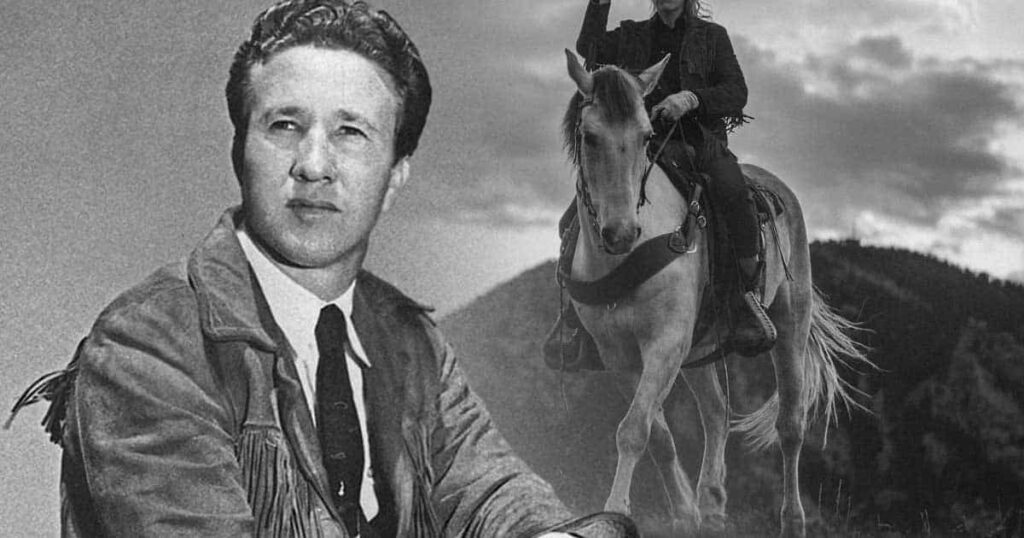
A Lonesome Journey Etched in Dust and Regret
Released as part of the 1976 album El Paso City, “Saddle Tramp” by Marty Robbins never climbed the upper echelons of the Billboard charts, yet it gallops steadily through the hearts of those attuned to the mournful poetry of the American West. While “El Paso City”—the title track—reached No. 1 on the Billboard Hot Country Singles chart, “Saddle Tramp” rides a more solitary trail: a slow-burning ballad, unheralded by fanfare but reverberating with emotional gravitas. For listeners who have wandered with Robbins through his storied catalog of gunfighters, gamblers, and ghost towns, this track stands as a poignant meditation on alienation, endurance, and the spiritual toll of endless wandering.
In many ways, “Saddle Tramp” is not just a character sketch—it is an elegy. It resurrects archetypes from Robbins’ earlier Western ballads but strips them of mythic veneer. The titular figure is no gallant outlaw nor romantic drifter; he is weary, worn thin by time and terrain. In Robbins’ hands, the saddle tramp becomes a symbol not of freedom but of exile—a man driven by motion yet haunted by every mile behind him.
Robbins’ vocal delivery, restrained and deliberate, carries the weight of dust-choked plains and empty campfires. His baritone rarely soars here; instead, it trembles under the burden of memory. The song’s arrangement mirrors this psychological landscape: sparse acoustic guitar lines echo like hoofbeats on hard ground, while subdued strings murmur like wind through canyon stone. There is no triumphant crescendo, only a slow fade into silence—a fitting end for a soul perennially in transit.
Lyrically, Robbins writes with the precision of a novelist and the soul of a poet. Lines such as “no one knows the way I feel inside” and “the road I ride don’t have no end” are deceptively simple but steeped in existential longing. Unlike his more narrative-driven songs such as “El Paso” or “Big Iron”, “Saddle Tramp” trades plot for introspection. Here, we are not told what brought this man to the trail—we are made to feel why he cannot leave it.
There is an almost spiritual resignation embedded in every verse. The saddle tramp doesn’t expect redemption or reunion; he continues because motion itself has become identity. This speaks to a broader theme that runs through Robbins’ oeuvre: that freedom often comes at the cost of connection, and that legends are forged not only in bullets and bravado but in silence and solitude.
In its quiet way, “Saddle Tramp” extends Marty Robbins’ legacy as one of country music’s most literate and emotionally intuitive songwriters. It doesn’t dazzle—it lingers. And for those who have ever felt like strangers to their own lives, it offers not comfort exactly, but recognition: a weathered nod across time from one restless heart to another.